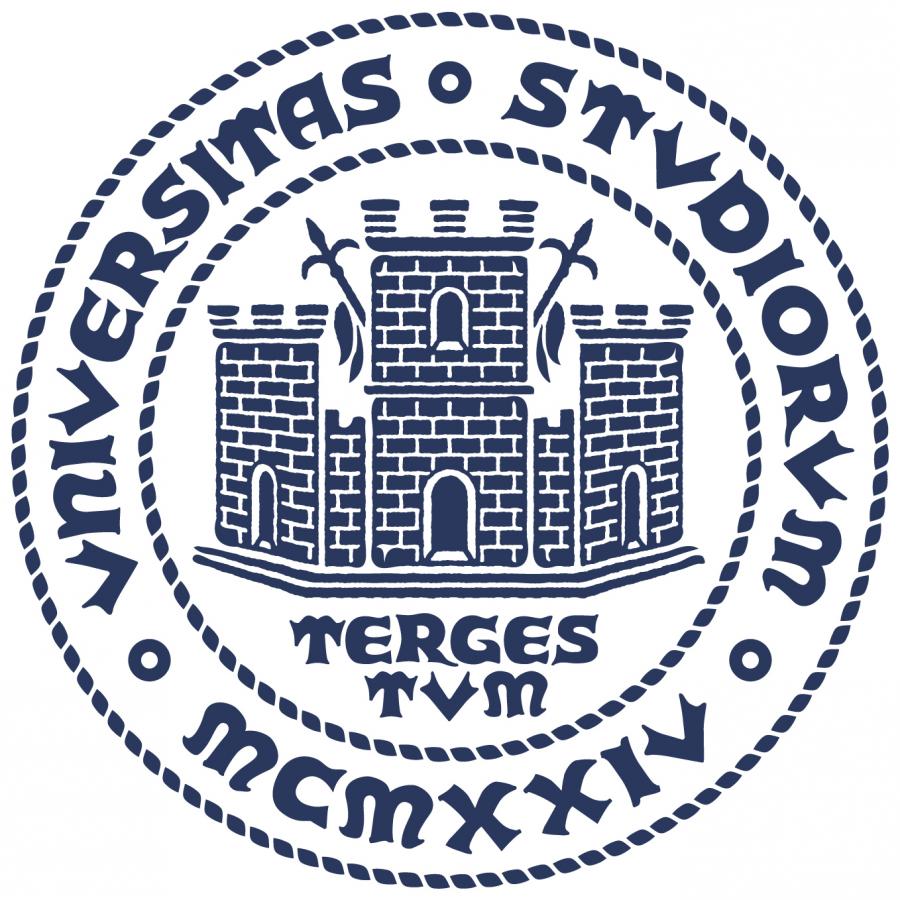- Home
- Dipartimento
- Ricerca
- Didattica
- Post Lauream
- Trasferimento della conoscenza
- Come fare per
Seminario: "Improving space situational awareness by closing the gap in Africa and the Middle East" - Prof. Yehia Abdel-Aziz
Tipologia evento:
home
Seminari
Sede:
Trieste
"Improving space situational awareness by closing the gap in Africa and the Middle East"
Prof. Yehia Abdel-Aziz
National Research Institute of Astronomy and Geophysics, Cairo (Egypt)
Space Situational Awareness (SSA) is the capability to detect, track, catalog, and predict the trajectories and statuses of space objects. It is critical for avoiding collisions, managing space traffic, and ensuring long‑term orbital safety. The growth of the SSA market is driven by increasing orbital congestion and a rising focus from both government agencies and private entities on maintaining the safety and sustainability of space operations. Establishing SSA is fundamental to any space activity. Understanding the location, trajectory, and status of space objects enables operators to conduct missions safely, avoid collisions, and prevent interference with the operations of other entities or nations. SSA capabilities can be achieved through a combination of technologies and services, including ground-based tracking stations, access to space-object tracking databases, and deployment of space-based SSA systems. These tools allow operators to achieve varying levels of awareness tailored to their specific mission requirements and objectives. The advantages and disadvantages of different technology Radar, Optical ground based and space-based are presented. In this seminar, we offer our insights to close the critical SSA coverage gap across longitudes in Africa and the Middle East—leveraging exceptional clear-sky conditions for enhanced regional space safety and sustainability. We highlight the importance of using AI for automated collision-avoidance maneuver planning, which ensures real-time satellite safety by autonomously calculating optimal evasive actions, safeguarding valuable assets, and maintaining orbital integrity. We also explore using machine learning combined with hyperspectral technology to classify and characterize space objects. By analyzing observations from both ground-based and space-based sensors, this approach enables accurate identification of object type, material composition, and operational status.
Luogo:
Aula D, Dipartimento di Fisica
Informazioni:
Live streaming: Teams link
Contatti:
Anna Gregorio (UniTS)
Ultimo aggiornamento: 20-06-2025 - 15:46



